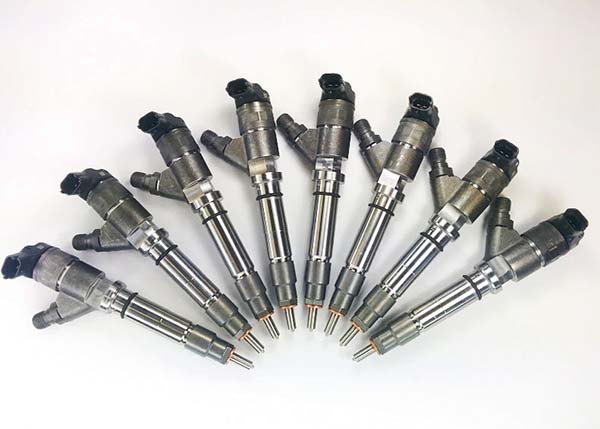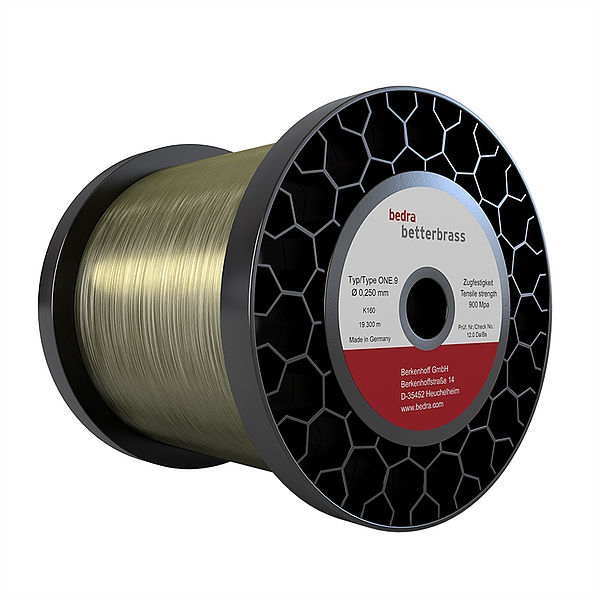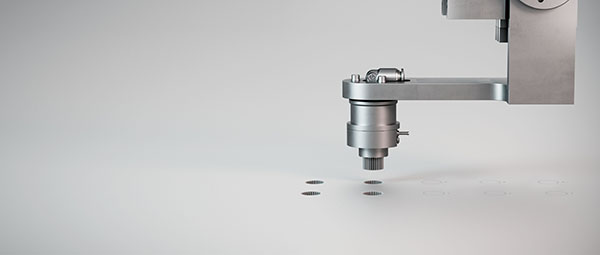
Dynomite Diesel Products, a US-based company with a 20-year history in the manufacture of high-performance diesel fuel injectors, has recently acquired an ONA MF5 micro-hole EDM machine (ONA machines are available in the UK from CNC International).
Until now, producing the high-flow injectors was very expensive and took about 2 hours using a process based on an extrusion machine. The company needed a solution to optimise costs by reducing the manufacturing time, while bringing precision and consistency to the product. By adding the ONA MF5 EDM model to its operations, Dynomite has reduced the cycle time to less than 5 minutes, increased process cost-effectiveness and extended the useful life of its extrusion machine. Furthermore, this new procedure, which combines the company’s extrusion machine and new MF5, makes the final calibration much faster and more consistent, injector-to-injector.
For Lenny Reed, owner of Dynomite, the addition has countless benefits: “The machine offers us to stay abreast of the ever-changing requirements of this sector. We now have the latest technology to manufacture even more precise injectors, which will enable us to create more innovative products in the future.”
Regarding cost and time optimisation, he adds: “We can predict more accurately the time spent on each product, and the costs are very good, which is great for the future as we anticipate the useful life of the machine to be around 20 years.”
Ultimately, the owner is thrilled with his investment as “this machine provides our business with possibilities we never dreamed of.”
For further information
www.onaedm.com























